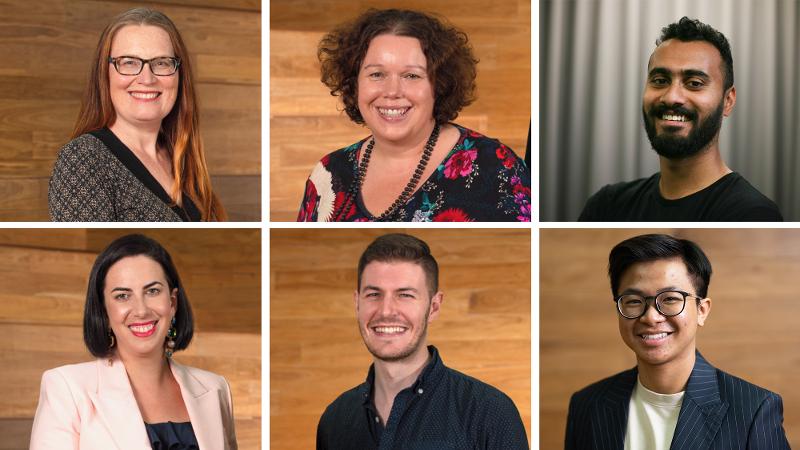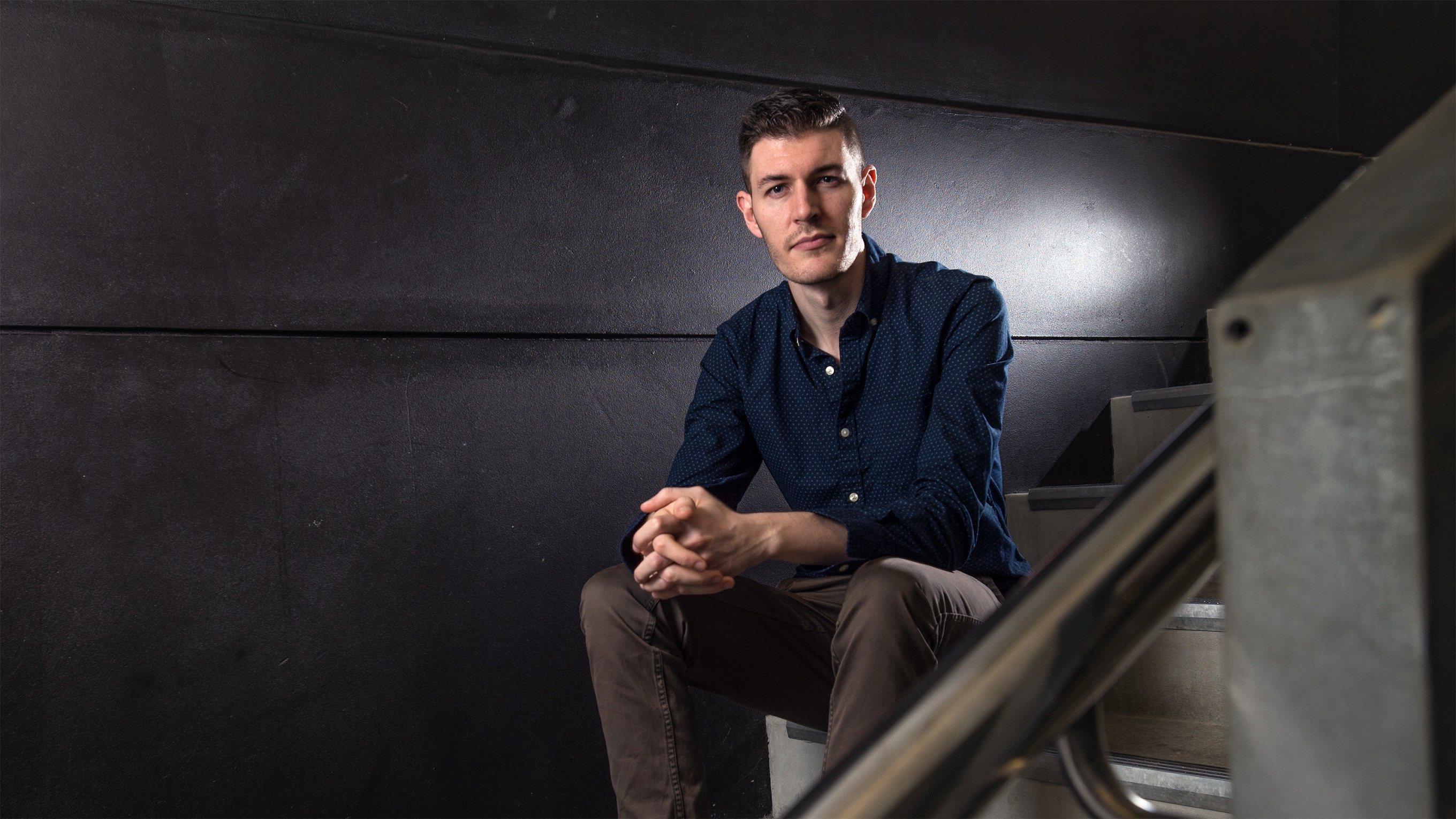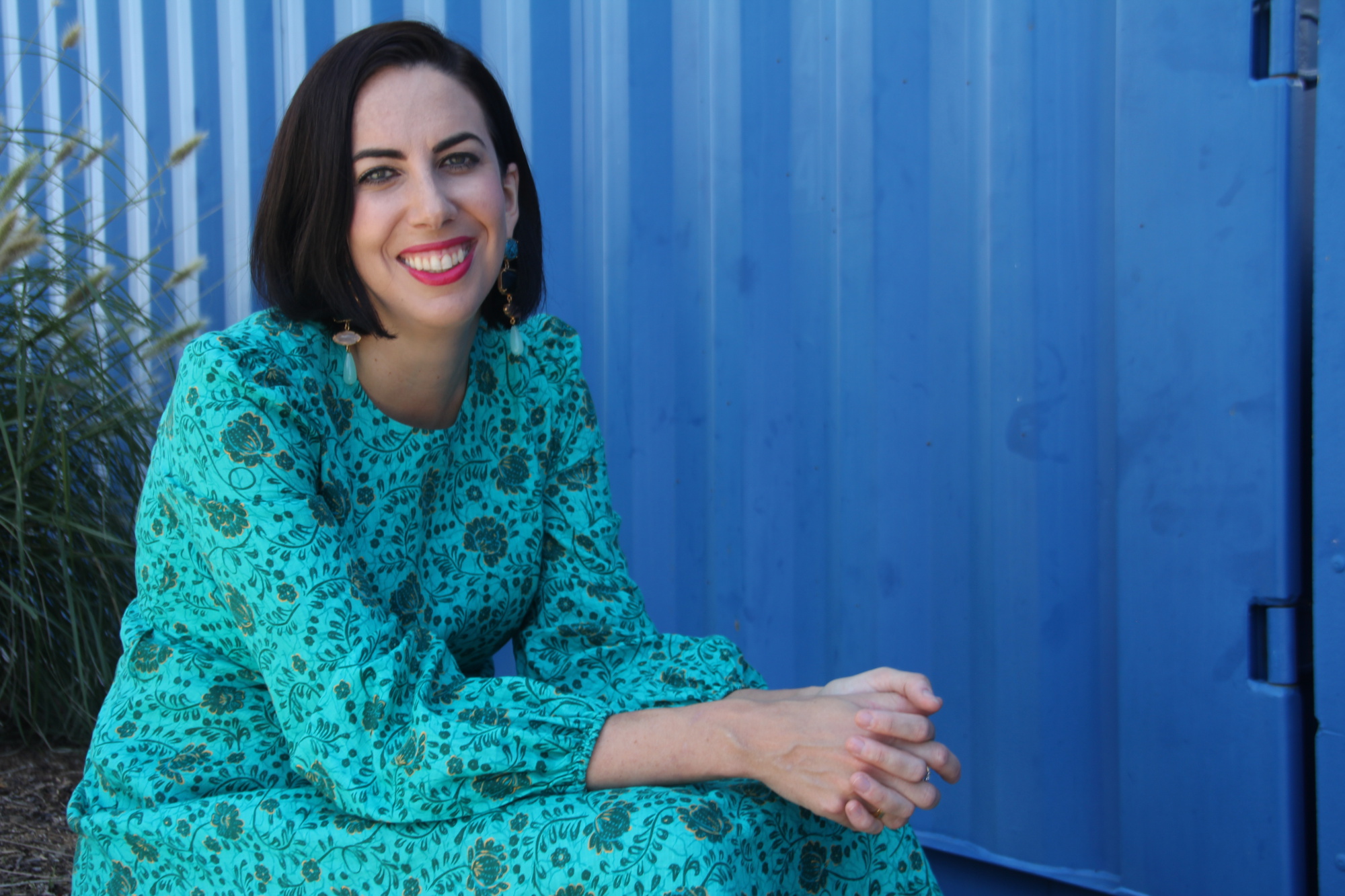
If news organisations in Australia created a ‘round’ for reporting on ageing and aged care issues, the often-marginalised sector would be better represented, and entrenched ageism potentially less prevalent say QUT researchers.
Their research also suggests that the voice of politicians and other ‘elites’ are given much more attention as media sources than people in aged care, aged care staff or the families of older people.
Who or What Gets Referenced by Whom, How Often, and in Which Ways? Exploring Journalists’ Sourcing Practices in the Context of Aged Care Coverage has been published in Journalism Practice. It’s an analysis of which sources journalists at four national news outlets (The Saturday Paper, The Guardian Australia, The Australian, and the ABC) used in their news coverage of the aged care sector during the first half of the Aged Care Royal Commission (1 October 2018 - 31 December 2019).
Its authors are Dr T.J. Thomson, a senior lecturer with QUT’s School of Communication and chief investigator with the Digital Media Research Centre, undergraduate research assistant Alex Phan, acclaimed poet and aged-care advocate Professor Sarah Holland-Batt (School of Creative Practice), Associate Professor Jen Seevinck (School of Design), Professor Evonne Miller, Director, QUT Design Lab (School of Design), and MPhil student Sam Regi (School of Design).

“Without an exclusive focus on a particular topic or audience, journalists can only skim the surface and are forced to juggle stories related to ageing in addition to their other duties and responsibilities,” Dr Thomson said.
“This in contrast to national news outlets like The Australian, The ABC, The Age, The Guardian Australia, and The Sydney Morning Herald, all of which have dedicated Indigenous affairs journalists and/or editors and in contrast to other Royal Commissions, such as the banking one, which benefited from coverage from more specialist reporters.
“While commercial media are especially impacted by deadline pressures and limited resources it does suggest news organisations view certain topics as more worthy of investment and attention than other topics and demographics.
“In Australia, news coverage of older people and the aged care sector are overwhelmingly covered by generalist reporters or, for larger and better-resourced organisations, more specialised ‘social affairs’ journalists who, however, still have a relatively large remit that can include ageing, disability, welfare, immigration, free speech, health, industrial relations, population policy and more.”
Professor Sarah Holland-Batt said the way news media represents ageing is critical in providing a window into a process that impacts on everyone and influences how the community regards older people and aged care.

“In looking at how journalists represent this demographic, sources are an essential component to journalistic reporting and are a critical determinant of its quality,” Professor Holland-Batt said.
“Specifically, the study investigates six key questions on this: Who or what is used as a source? What is the proportion of elite to non-elite sources? What is the identifiability of sources? What is the number of sources per news story? What is the proportion of primary to secondary sources per story? And how are these aspects different for different news outlets?
“Our results reveal journalists relied on elite sources, such as politicians, government and institutional sources, academics, and healthcare experts, in 79.7 percent of cases. Conversely, they relied on non-elite sources, including aged care residents, affected family members, and aged care workers, in only 20.3 percent of cases.
“That kind of ratio helps contribute to the dehumanising of people in a very vulnerable position and does not reflect well on our society and what we value.”
Dr Thomson said past studies in Australia found journalists focus less on aged care compared to other topics and are more likely to show older people in stereotypical or disempowering ways.
“Journalists here are also far more likely to focus on the economic or political implications of aged care compared to the social implications,” Dr Thomson said.
“There are many layers to this. As well as deadline pressures, the complexity of the topic, and the lack of specialised understanding, there are also difficulties with access to the aged care homes and facilities where older people live and with being able to interview older people who have dementia or other issues that can prevent them from sharing their stories.”

Written as part of an ARC-funded Discovery Project - Amplifying Voices from the Royal Commission into Aged Care, Dr Thomson said the paper originated from the Faculty of Creative Industries, Education, and Social Justice’s Vacation Research Experience Scheme in late 2021 and early 2022, pairing undergraduate students with researchers to allow them to experience the research process.
“Undergraduate Alex Phan was the VRES Student Scholar on the project and instrumental in the coding process that made this study possible,” he said.
Read the full paper online at: Who or What Gets Referenced by Whom, How Often, and in Which Ways? Exploring Journalists’ Sourcing Practices in the Context of Aged Care Coverage (tandfonline.com)
Main image: top (left to right) Associate Professor Jen Seevinck, Professor Evonne Miller, MPhil student Sam Regi. Bottom (left to right) Professor Sarah Holland-Batt, Dr T.J. Thomson, undergraduate research assistant Alex Phan.
Media contact:
Amanda Weaver, QUT Media, 07 3138 3151, amanda.weaver@qut.edu.au
After hours: 0407 585 901, media@qut.edu.au


